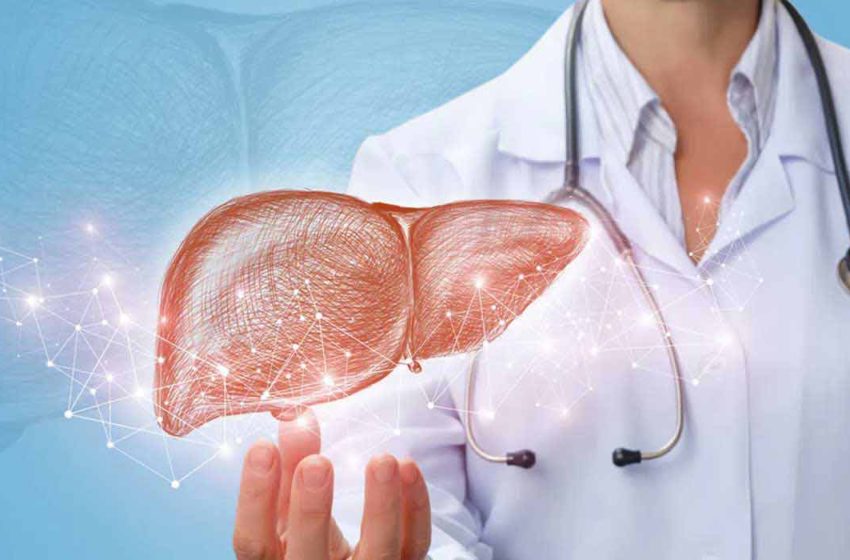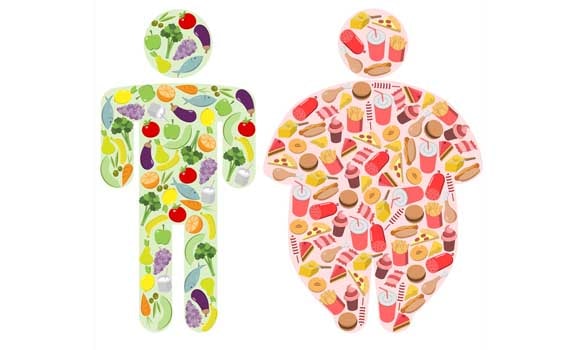Fatty liver diet

The body stores fat for use as fuel and protection in many areas of the body. The liver is partly made of fat, but if the liver’s fat content is too high, it can be a symptom of fatty liver disease. Two forms of fatty liver disease are present: alcoholic liver disease and nonalcoholic fatty liver disease. Fatty liver disorder can also be caused by childbirth.
The fatty liver disease destroys the liver, stopping contaminants from being absorbed and the digestive system from forming bile. If the liver is unable to effectively perform these tasks, it puts a person at risk of developing other problems throughout their body.
The primary treatment for fatty liver disease concerns changes in diet and exercise, although for further treatment some people may need to see a doctor.
Foods to eat for fatty liver

A fatty liver disorder diet includes a broad range of foods. A good starting point is to reduce calories and eat high-fiber, natural foods. Eating foods that contain complex carbohydrates, fiber, and protein may help the body feel full and provide long-term power.
It is equally important to have foods that reduce inflammation or help the body regenerate its cells.
Many individuals choose to follow specific diet plans, such as a diet based on vegetables or a Mediterranean diet. Often a dietitian will help a person develop a diet plan that is perfect for their preferences, symptoms, and state of health.
Besides these basic guidelines, there are also certain specific foods that can be particularly useful to people with fatty liver disease, including:
Garlic
Garlic is a standard in many foods and can be helpful for fatty liver disorder individuals. Research in Applied Biomedical Research showed that in people with fatty liver disease, garlic powder supplements seem to help reduce body weight and cholesterol.
Omega-3 fatty acids
A study of current research shows that in individuals with fatty liver disease, omega-3 fatty acids increase the grades of liver fat and HDL cholesterol. Nevertheless, eating foods rich in omega-3 fatty acids may help to lower liver fat. These are tuna, sardines, walnuts, and flaxseeds.
Coffee
For many people, drinking coffee is a morning ritual, but it can be more than a quick pick-up. Coffee includes chlorogenic acid, a potent compound believed to have antioxidant and anti-inflammatory effects, as stated in Annals of Hepatologypoint. It also helps to reduce inflammation and cholesterol. Coffee itself appears to help protect the body against non-alcoholic fatty liver disease in contrast to this protective ingredient. Adding coffee to the morning routine can be a great addition to the fatty liver diet of a person.
Broccoli
It is good for fatty liver disease to eat a variety of whole vegetables, but broccoli is a crop that a person may suggest including in their diet. A study in the Nutrition Review reported that long-term broccoli intake helped to prevent the accumulation of fat in mice’s liver. Scientists still need to perform further human studies, but it looks very promising this early proof.
Tea
A tradition that goes back thousands of years is the use of tea for medicinal purposes. As recent research indicates in the World Journal of Gastroenterology, green tea, in particular, may help to reduce the proportion of body fat and fat in the blood. The higher levels of antioxidants in green tea can also be helpful.
Walnuts
Walnuts are particularly high in omega3s, while tree nuts are a great addition to any diet plan. A 2015 document found that eating walnuts in individuals with non-alcoholic fatty liver disorder strengthened liver function research.
Avocado
Avocados are high in healthy fats, but they also provide anti-inflammatory vitamins and soluble fiber that can help reduce the body’s blood sugar and oxidative stress.
Soy or whey protein
As stated by a study in the Gastroenterology and Hepatology Bulletin, certain proteins can help protect the body against fatty liver disease. Soy and whey protein appear to help balance the effects of the simple intake of carbohydrates and may reduce levels of blood sugar. They also assist the body to maintain muscle mass and reduce overall weight. You can buy online a selection of garlic, flaxseed, coffee, broccoli, tea, walnuts, avocado, and soy protein.
Fatty liver foods to avoid

Another way to manage the fatty liver disease is to incorporate healthy foods into the diet. Nevertheless, eliminating or restricting those foods is just as important for people with fatty liver disease.
Sugar and oils included
Artificial sugars may lead to high levels of blood sugar and raise liver fat such as soda and fruit drinks, which are commonly found in chocolate, ice cream, and sweetened beverages. Added sugars often disappear in packaged foods, baked goods, and even coffee and tea bought from the supermarket. It can also serve to reduce the fat in the liver while eliminating other carbohydrates, such as fructose and corn syrup.
Alcohol
In those with fatty liver disease, alcohol is a significant risk factor. Alcohol affects the liver and leads to fatty liver disease and other disorders of the liver, such as cirrhosis. A fatty liver disorder individual should reduce or remove alcohol from their diet.
Refined grains
For white bread, pasta and white rice, dried and refined grains are available. Such highly processed crops have lost their starch, which can raise the sugar in the blood when they break down. With whole wheat and whole-food substitutes, carrots or legumes, processed grains can be easily replaced or removed entirely.
Fried or salty foods
Too much fried or salty food may increase weight gain and calories. Adding extra spices and herbs to a meal is a great way to make salt-free foods delicious. It is usually possible to boil or heat fried foods instead.
Meat
Beef, pork, and deli meats are all high in saturated fats that should be prevented by a person with fatty liver disease. Lean meats, pork, tofu, or tempeh make good substitutions, but the best choice is raw oily fish.
Lifestyle changes

Daily exercise is important to all, but it is of special benefit to people with fatty liver disease. Losing excess weight and with routine maintaining, the body in shape may help manage and reduce symptoms. Three or five days a week, just 30 minutes of moderate activity will help a person feel more healthy and increasing their symptoms.
In addition, it can also benefit to be less sedentary. Using a standing workstation, working out every morning and walking on a treadmill whilst watching TV are all ways to increase levels of activity throughout the day without having to make time for a workout.
When to see a dietitian
If there is not enough diet and exercise to manage the effects of fatty liver disease, it may be time to see a physician. The physician can conduct a complete analysis and prescribe medicines, or send the patient to a nutritionist to help create a diet plan.
There are no existing drugs licensed for the diagnosis of fatty liver disease by the United States Food & Drug Administration (FDA). Nevertheless, food and lifestyle choices will dramatically improve the situation.
Many people find that they can lose weight when working directly with a doctor or nutritionist and manage fatty liver disease comfortably.



